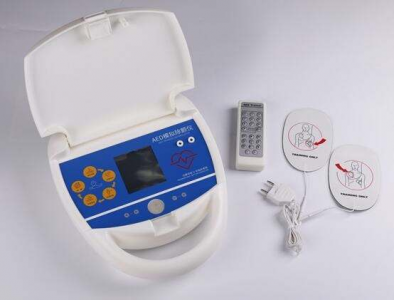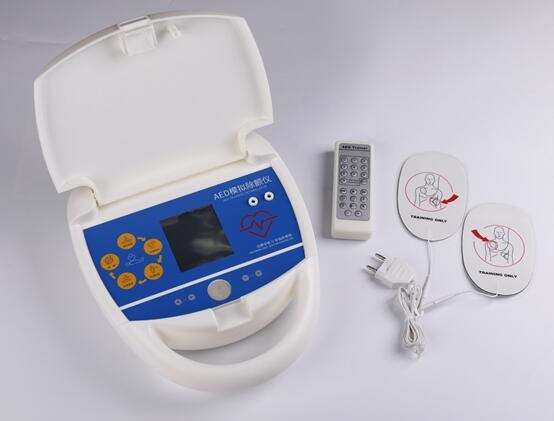ADA MED SUPPLY LIMITED
Phone:+86 19937901373
Tel:+86-0379-65160607
Email:adaanatomy@adaanatomy.com

Article tag: AED automated external defibrillator Medical model

AEDs (automated external defibrillators) are used on dummies, usually for training and practice in simulated first aid scenarios. A dummy, also known as a CPR simulator or a multi-purpose CPR simulator, is used to simulate the vital signs of a human body during cardiac arrest or other emergencies. They are used to train non-professionals on the proper use of AEDs and the performance of cardiopulmonary resuscitation (CPR) in emergency situations.

The designs of these simulators are very realistic, and their facial skin, chest skin, hair and other parts are all made of high-quality materials, making them have accurate anatomical landmarks, realistic feel, and lifelike shape. In the initial state of the simulator, its pupils are dilated and the carotid arteries are pulseless to simulate a real cardiac arrest state. During the simulated first aid process, the simulator's vital signs will respond according to the changes in the first aid operation. For example, when pressing the chest, the simulator's carotid artery will simulate a passive pulse.
Using AEDs to conduct simulation training on dummies can help people become familiar with the use process of AEDs and understand how to perform defibrillation operations quickly and accurately in emergency situations. This training method is of great significance to improve the public's first aid awareness and skills, and save lives in emergencies.
It should be noted that although simulation training can improve first aid skills, in real situations, it is still necessary to operate according to the actual situation of the patient and the prompts of the AED, and call the emergency number as soon as possible and wait for the arrival of professional medical personnel. At the same time, regular participation in first aid training and simulation drills is also an important way to maintain and improve first aid skills.